America is home to some truly iconic creatures, but many of these beloved animals find themselves teetering on the brink of extinction. From majestic birds to gentle giants, these species are more than just symbols of the wild—they’re vital parts of our ecosystem that need our help. Let’s dive into the stories of 14 cherished American animals whose numbers are dwindling and explore why they deserve our attention and protection.
1. Monarch Butterflies
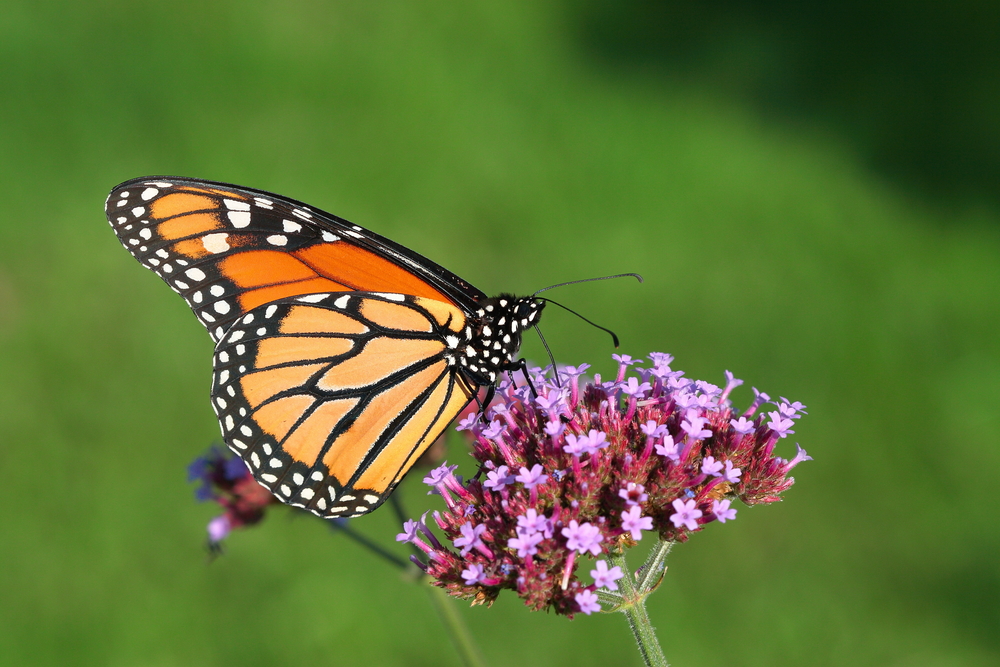
The fluttering monarch butterfly is a symbol of transformation, but their dwindling numbers tell a different tale. Habitat loss and climate change have severely impacted their migration routes, shrinking their once-vast populations. These delicate pollinators play a crucial role in maintaining the balance of our ecosystems, making their conservation a top priority. Supporting their survival can be as simple as planting milkweed or supporting conservation efforts. Preserving their journey helps ensure future generations can witness the magic of their annual migration.
2. Florida Panthers

The Florida panther, a sleek and stealthy feline, is hanging on by a thread. With only about 120 to 230 individuals left in the wild, habitat fragmentation and vehicle collisions pose significant threats. As the only breeding population of pumas east of the Mississippi, their survival is critical for biodiversity in the region. Protecting their habitat and implementing wildlife corridors can give these majestic cats a fighting chance to roam safely and thrive in their natural environment.
3. Red Wolves
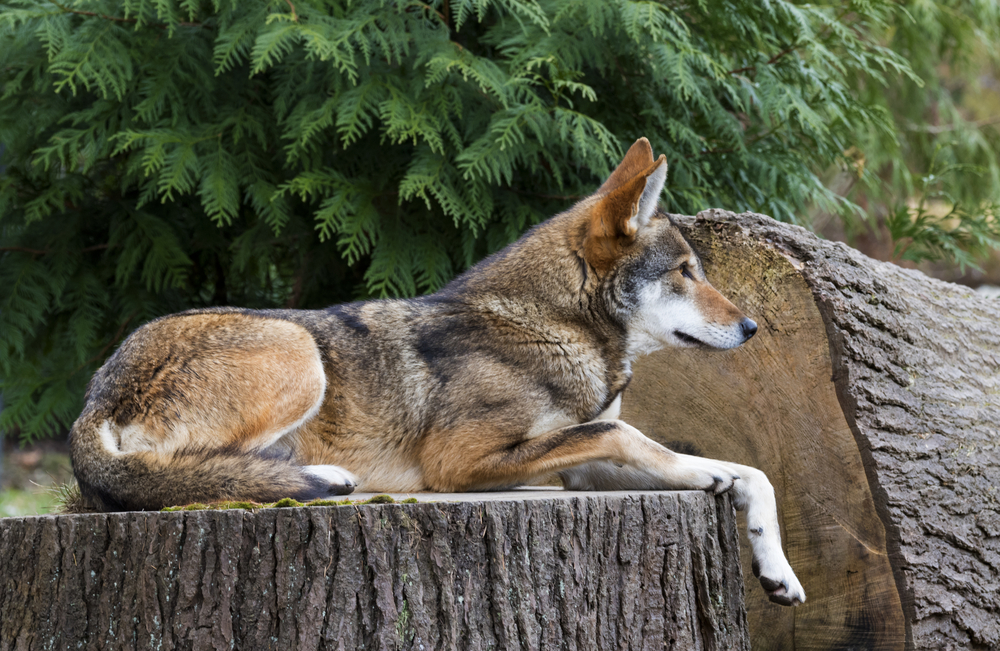
Red wolves are the underdogs of the canid family, fighting for survival in the wild. Once declared extinct in the wild, captive breeding programs have helped reintroduce them to their native habitats. Yet, challenges like habitat loss and human conflict continue to threaten their future. Red wolves play a vital role in regulating prey populations, highlighting the importance of their preservation efforts. Aiding these efforts involves supporting policies and initiatives aimed at restoring their natural habitats.
4. North Atlantic Right Whales
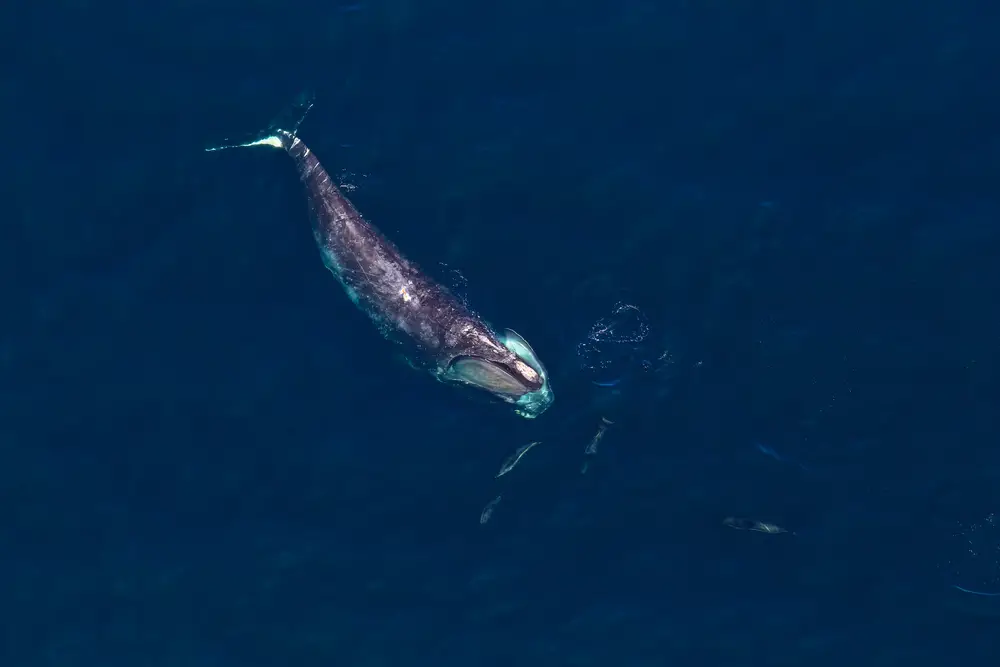
These gentle giants of the sea, the North Atlantic right whales, are critically endangered, with fewer than 400 individuals left. Entanglements in fishing gear and ship strikes are significant contributors to their decline. These whales are a crucial part of the marine ecosystem, and their loss would have far-reaching consequences. Supporting responsible fishing practices and advocating for shipping lane adjustments can help reduce the threats they face, giving them a chance to rebound.
5. Eastern Hellbenders
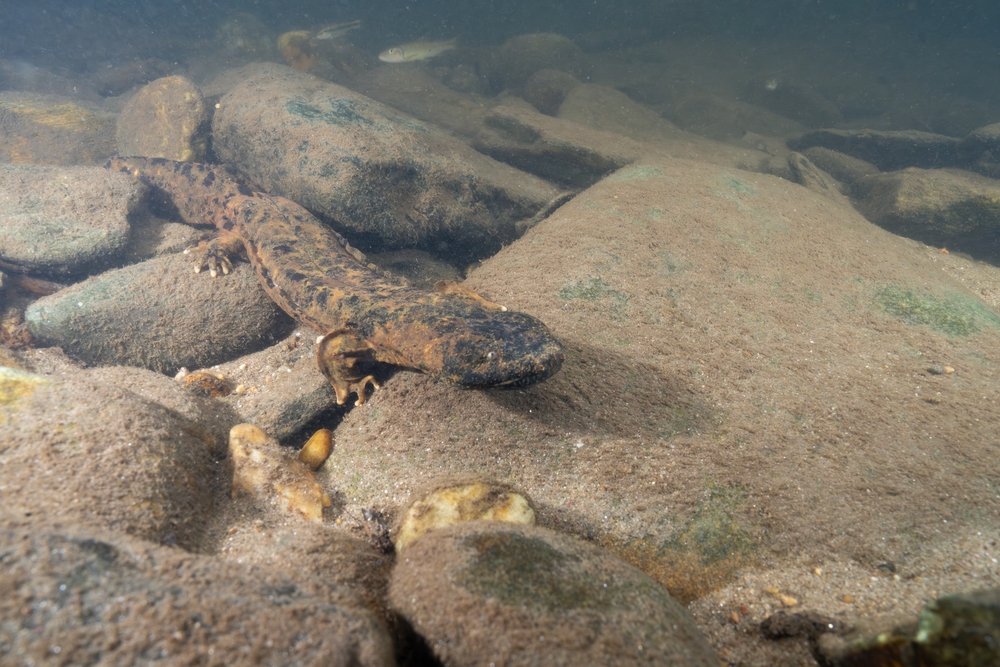
The Eastern hellbender, a quirky and fascinating aquatic salamander, faces a murky future. Pollution, habitat degradation, and disease have led to significant population declines across their range. As indicators of freshwater ecosystem health, their plight reflects broader environmental issues. Simple actions like reducing chemical runoff and supporting habitat restoration can make a big difference. Preserving these “snot otters” ensures cleaner rivers and streams, benefiting both wildlife and humans.
6. American Bison
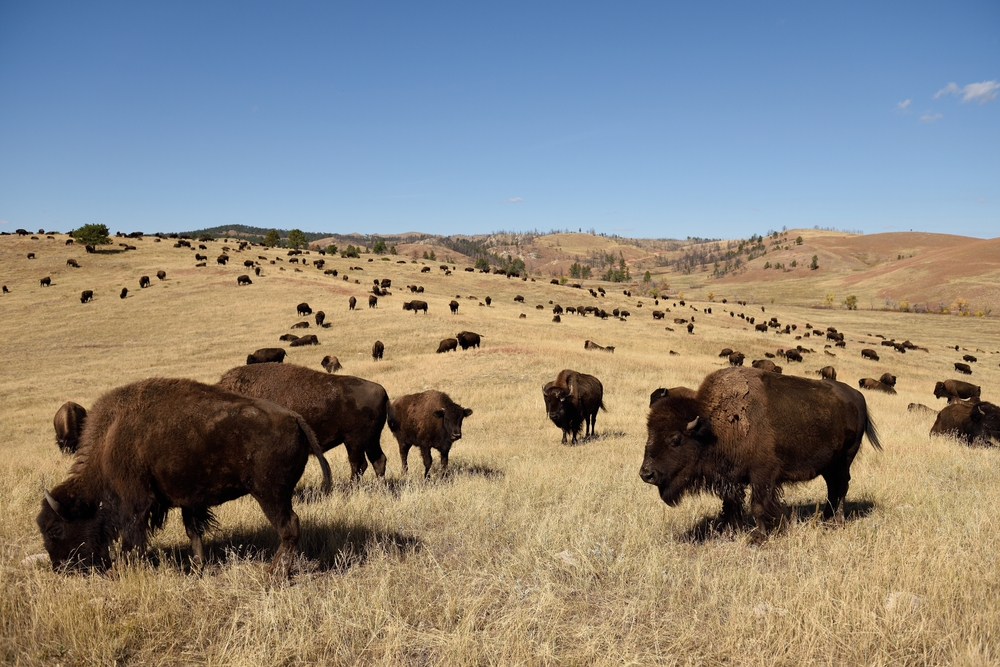
Once numbering in the millions, the American bison nearly vanished from the plains due to overhunting and habitat loss. While conservation efforts have brought them back from the brink, they still face challenges from genetic isolation and habitat fragmentation. Bison are keystone species, playing a crucial role in maintaining prairie ecosystems. Supporting sustainable bison management and habitat restoration projects can help ensure these iconic creatures continue to roam freely.
7. California Condors
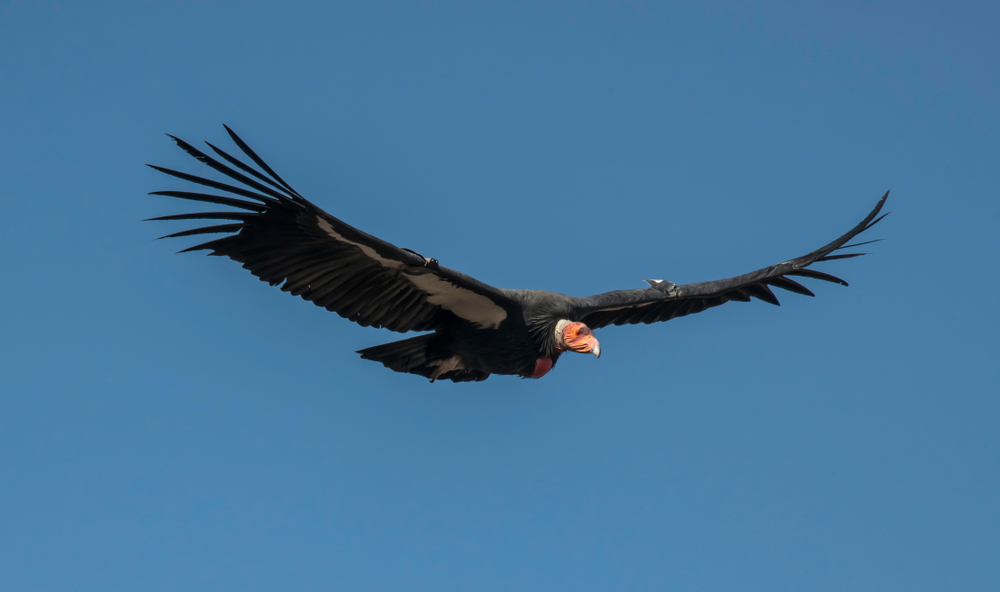
The soaring silhouette of the California condor is a rare sight, as these majestic birds teeter on the edge of extinction. Lead poisoning and habitat encroachment remain significant threats despite successful breeding programs. As nature’s cleanup crew, condors play a critical role in the ecosystem by disposing of carrion. Advocating for lead-free ammunition and supporting habitat protection measures can aid in their recovery, helping these giants of the sky thrive once more.
8. Sea Otters
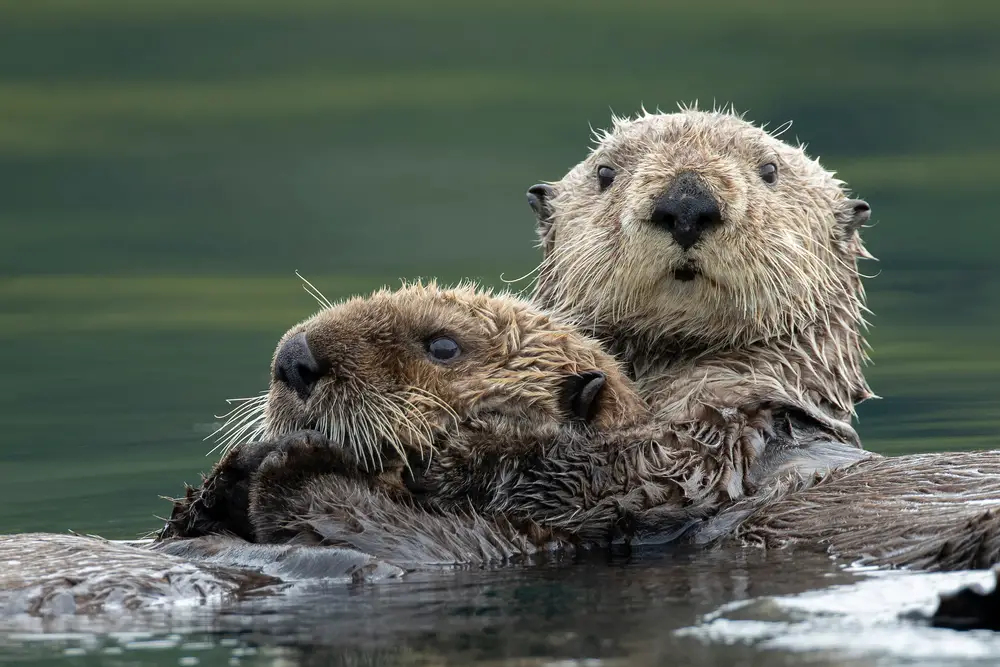
The playful sea otters of the Pacific coast are more than just adorable—they’re essential to maintaining the health of kelp forests. Threatened by oil spills, climate change, and predation, their populations have struggled to rebound. Sea otters help control sea urchin populations, preventing overgrazing of kelp forests. Supporting conservation initiatives and reducing pollution can help ensure these marine mammals continue to play their vital ecological role. Their presence is a sign of a healthy ocean.
9. Kemp’s Ridley Sea Turtles
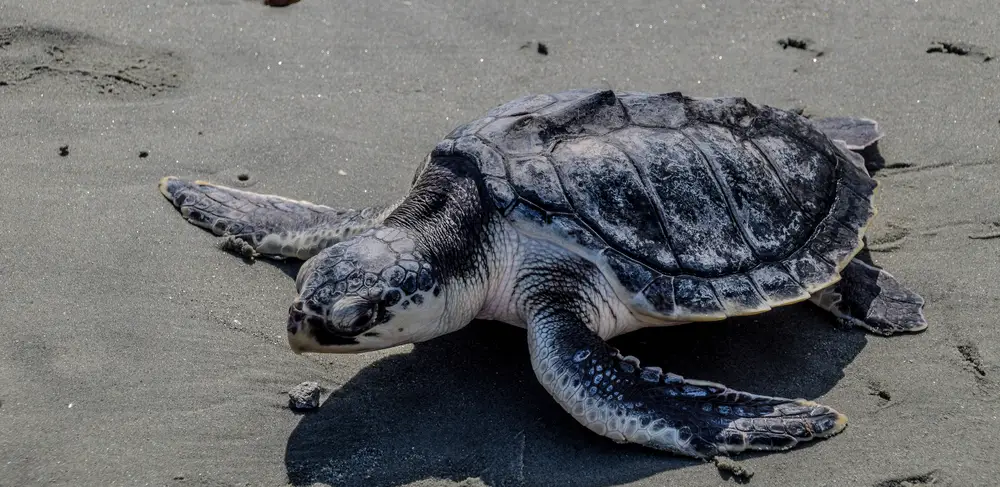
Kemp’s Ridley sea turtles, the smallest of their kind, face enormous challenges due to habitat loss, bycatch, and climate change. Nesting primarily along the Gulf of Mexico, these turtles are highly vulnerable to environmental changes. They play a crucial role in marine ecosystems by maintaining healthy seagrass beds. Supporting policies that protect their nesting sites and reduce bycatch can aid their recovery. Ensuring their survival helps preserve the delicate balance of our ocean environments.
10. Black-footed Ferrets
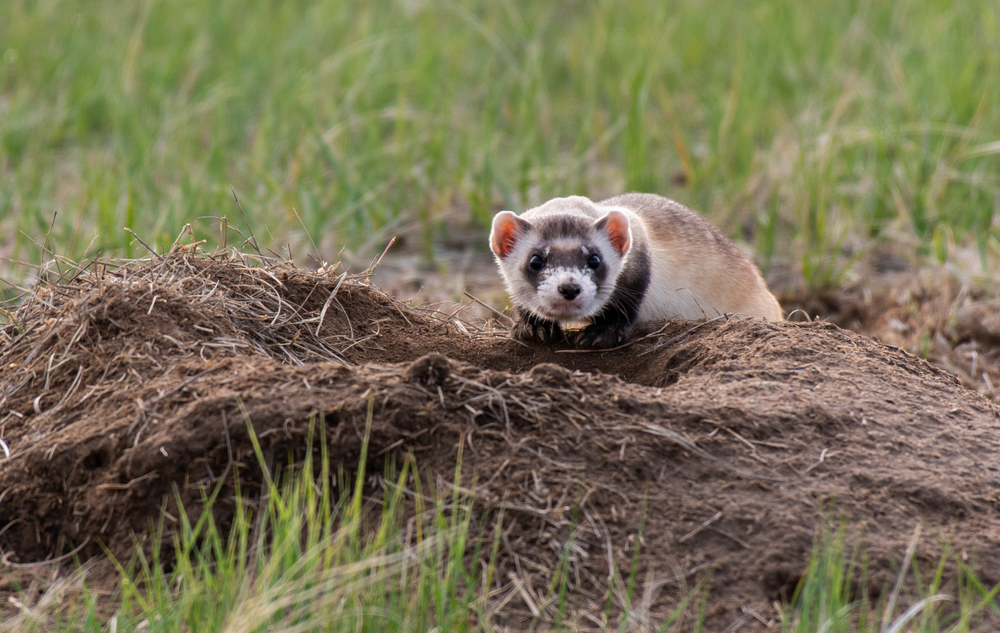
Black-footed ferrets are the comeback kids of the prairie, once thought extinct until a small population was discovered in the 1980s. Today, habitat loss and disease pose ongoing threats. These ferrets rely on prairie dogs for both food and shelter, highlighting the interconnectedness of prairie ecosystems. Conservation efforts focus on habitat restoration and disease management to support their survival. Protecting these charismatic carnivores ensures the health of the grasslands they call home.
11. Whooping Cranes
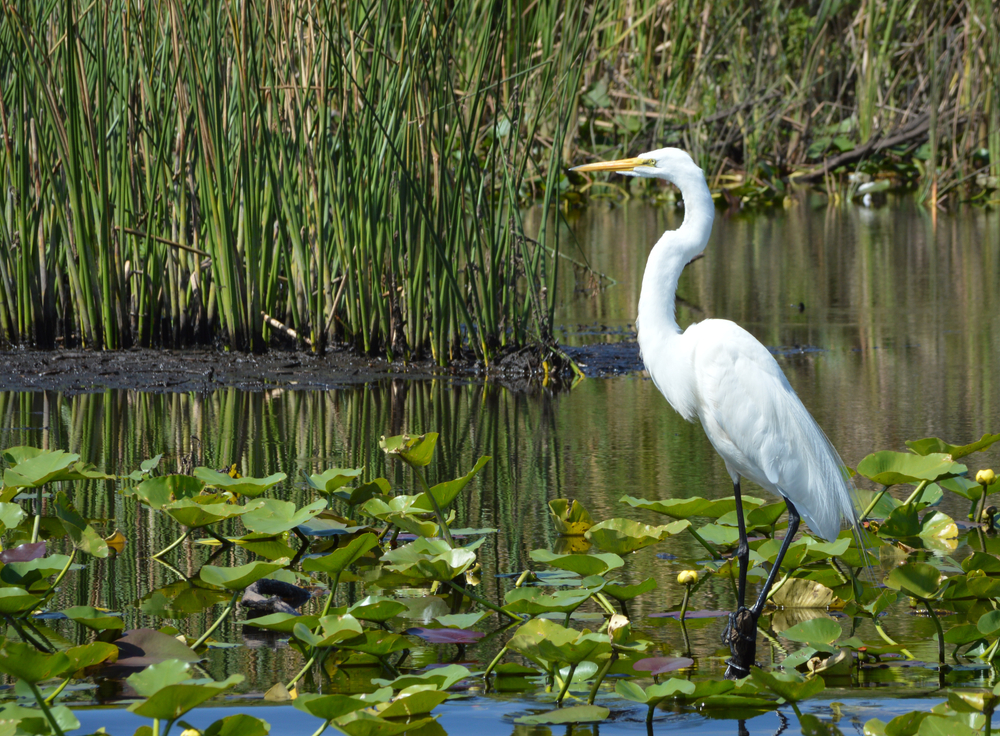
The whooping crane’s haunting call is becoming increasingly rare as these elegant birds fight for survival. With only about 800 individuals in the wild, habitat loss and environmental changes threaten their existence. As one of North America’s tallest birds, whooping cranes are a symbol of conservation success and challenge. Supporting efforts to preserve wetlands and migratory corridors can help bolster their populations. Ensuring their survival maintains the beauty and diversity of our avian communities.
12. Hawksbill Sea Turtles

Hawksbill sea turtles, known for their stunning shells, are critically endangered due to poaching and habitat loss. These turtles play a vital role in maintaining coral reef health by controlling sponge populations. Protecting their nesting beaches and advocating for marine protected areas are crucial steps in their conservation. By supporting these efforts, we help preserve not only the turtles but also the vibrant ecosystems they inhabit, ensuring the future of our ocean’s biodiversity.
13. San Joaquin Kit Foxes
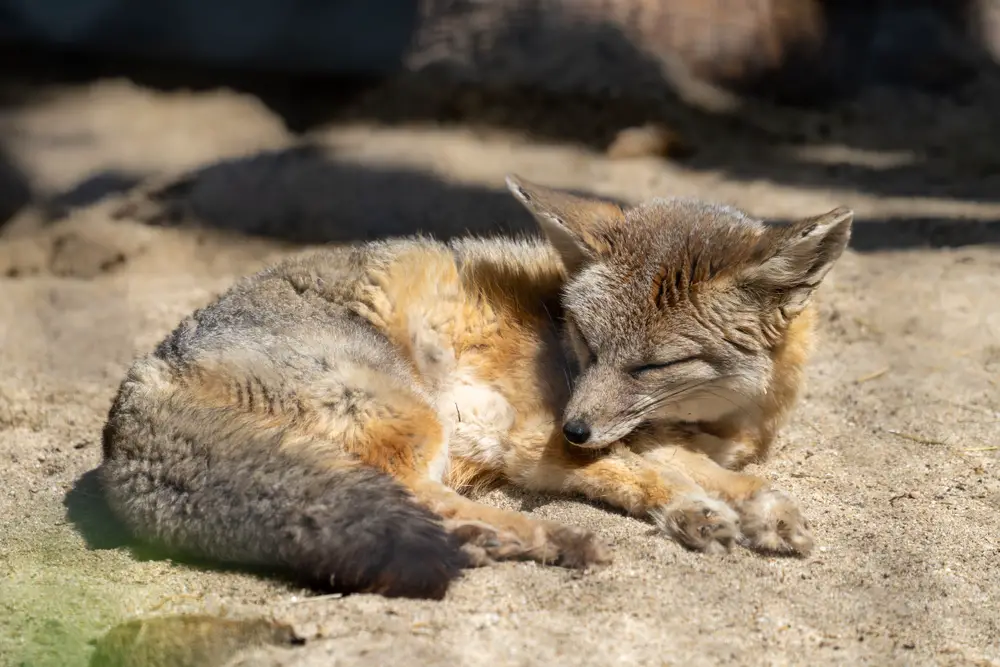
The diminutive San Joaquin kit fox faces a tough battle against habitat loss and competition with larger predators. Native to California’s Central Valley, these clever canids rely on grasslands and shrublands for survival. As an indicator species, their decline signals broader environmental challenges in the region. Supporting habitat conservation and restoration projects can help protect these foxes and the ecosystems they depend on. Ensuring their future means preserving the natural heritage of the Central Valley.
14. American Crocodiles
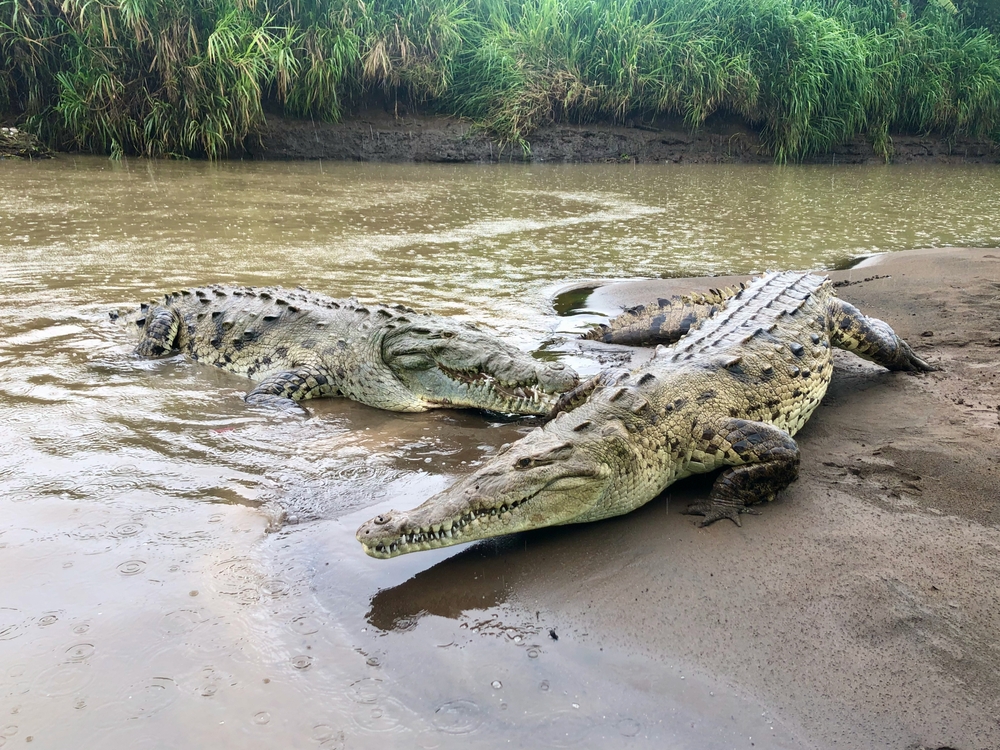
American crocodiles, once widely misunderstood, are now recognized as vital to wetland ecosystems. Human encroachment and climate change threaten their survival across their range in the southern United States. These reptiles play a crucial role in nutrient cycling and maintaining healthy aquatic systems. Supporting wetland conservation and responsible development practices can aid in their recovery. By protecting the habitats they call home, we ensure the survival of these ancient and fascinating creatures.
